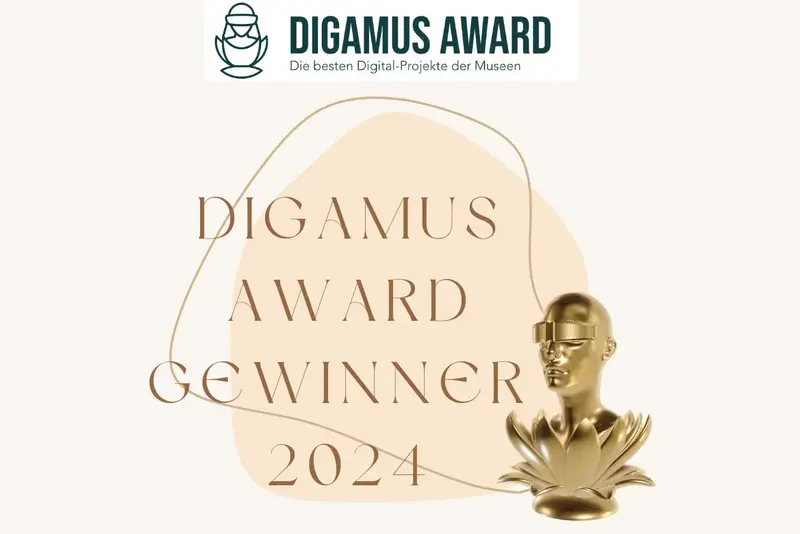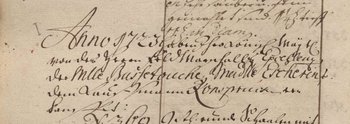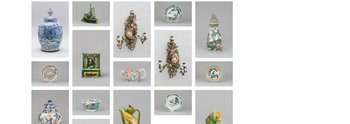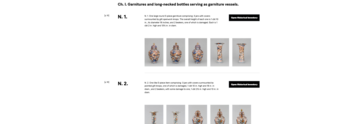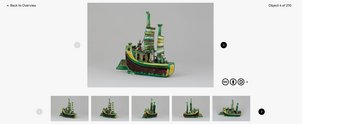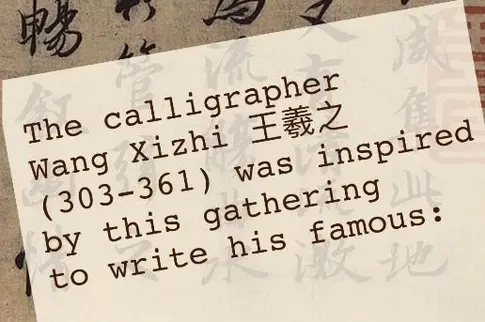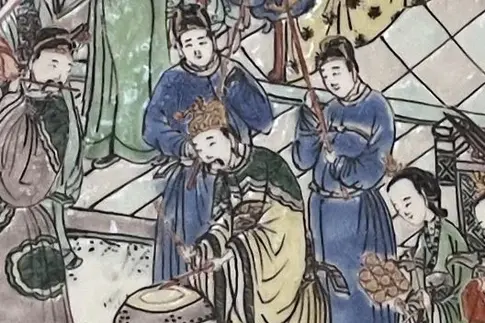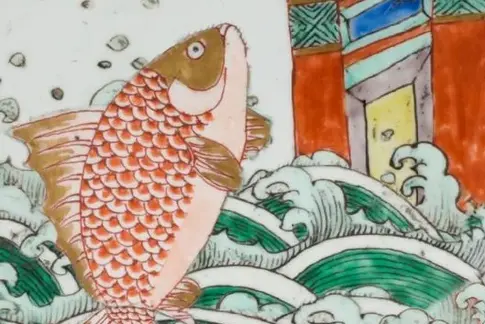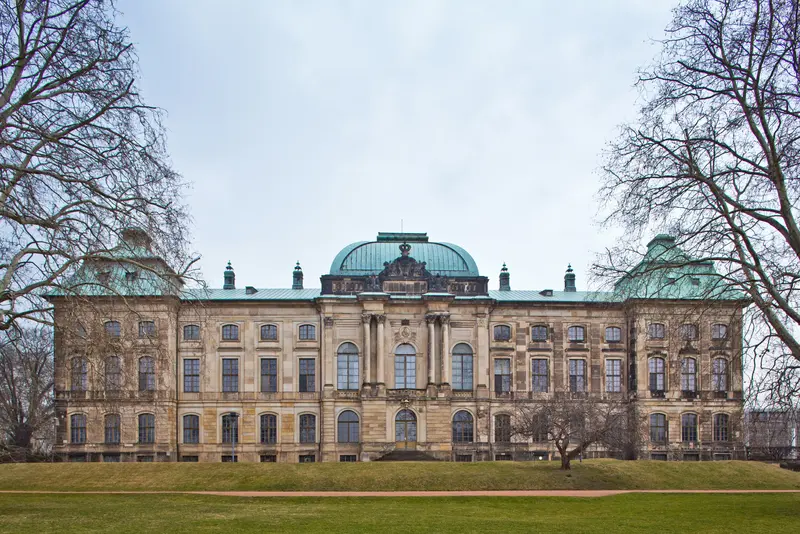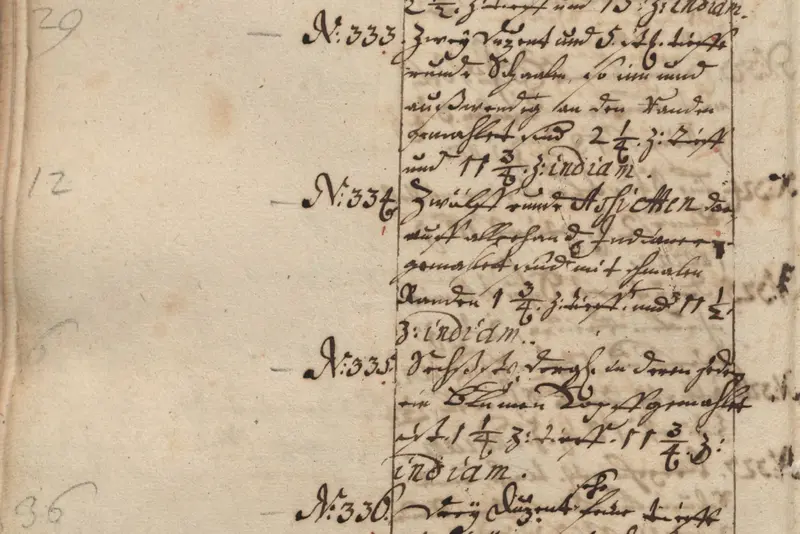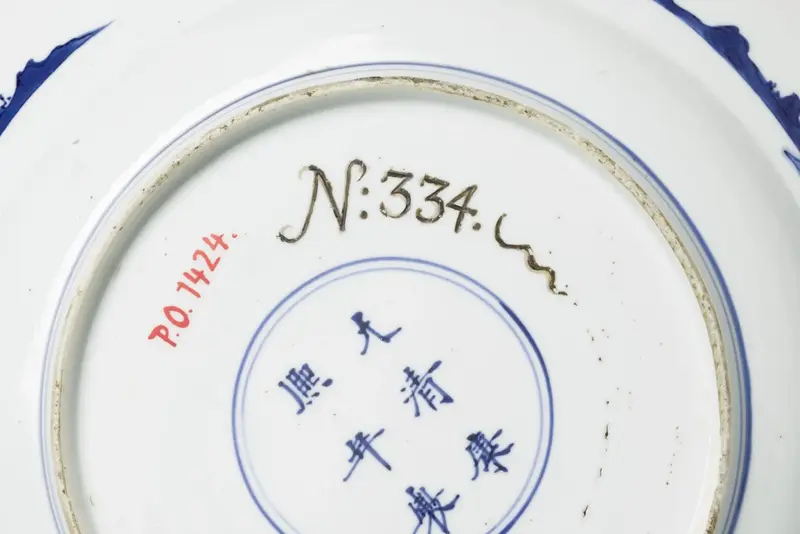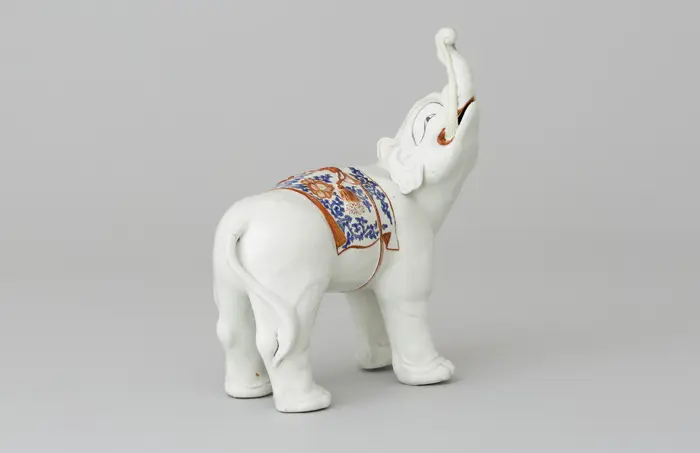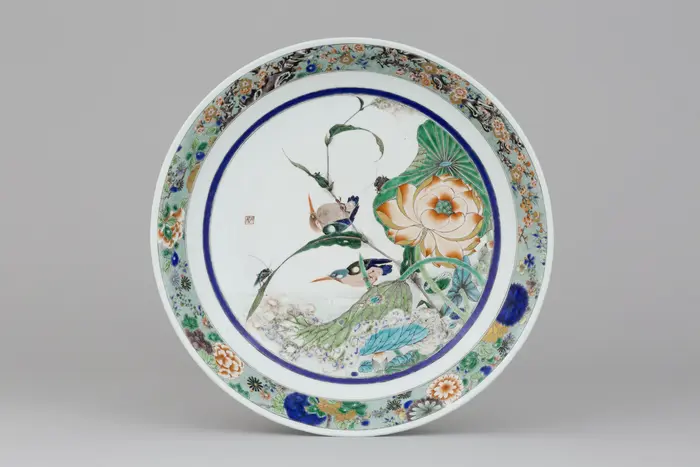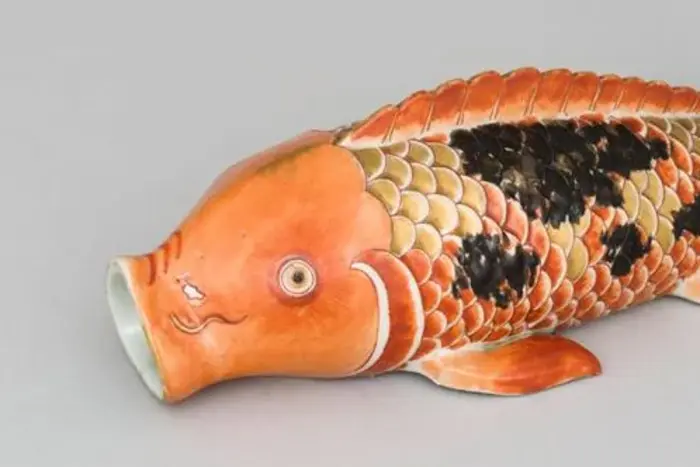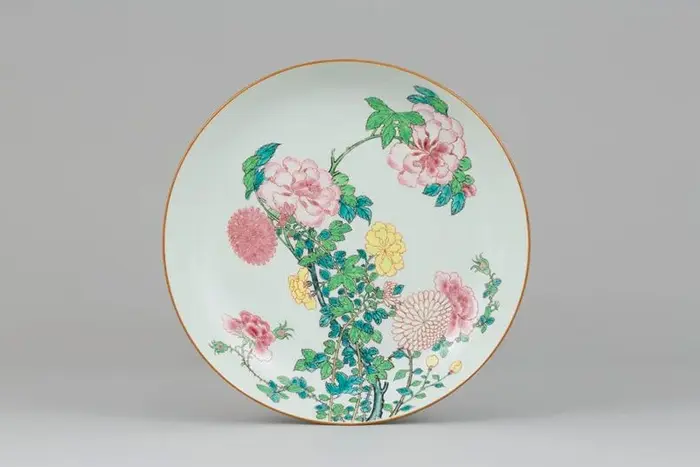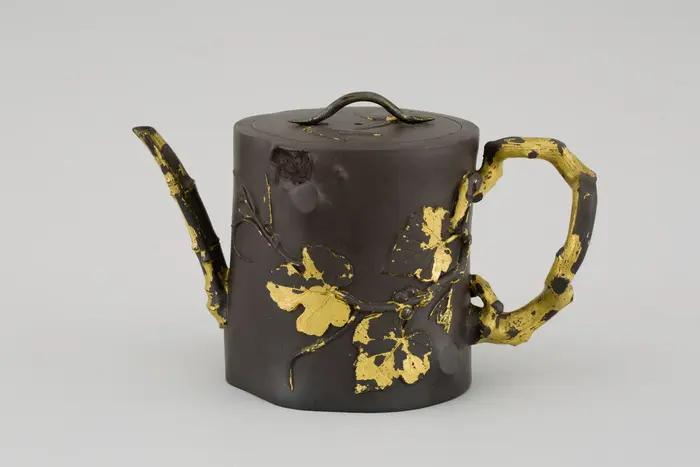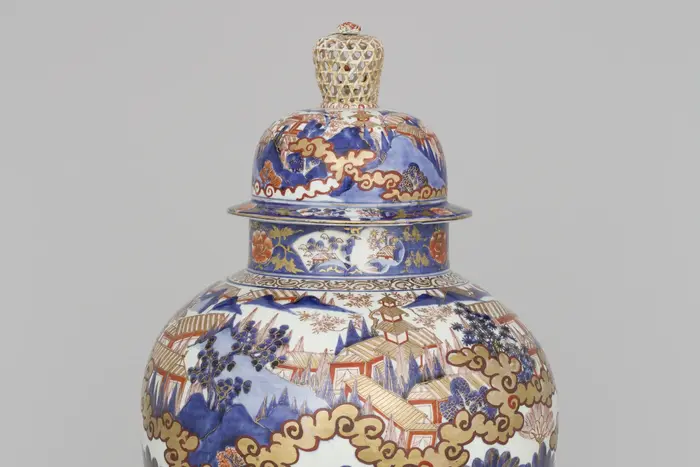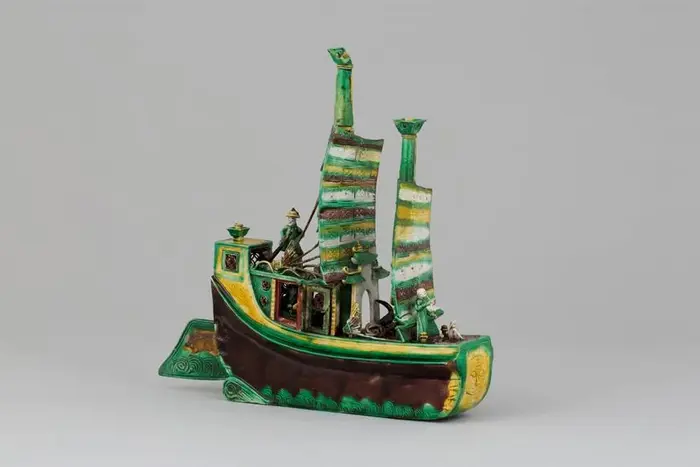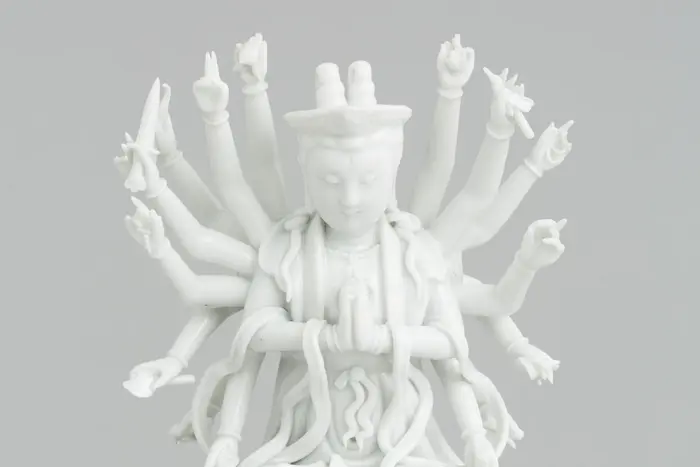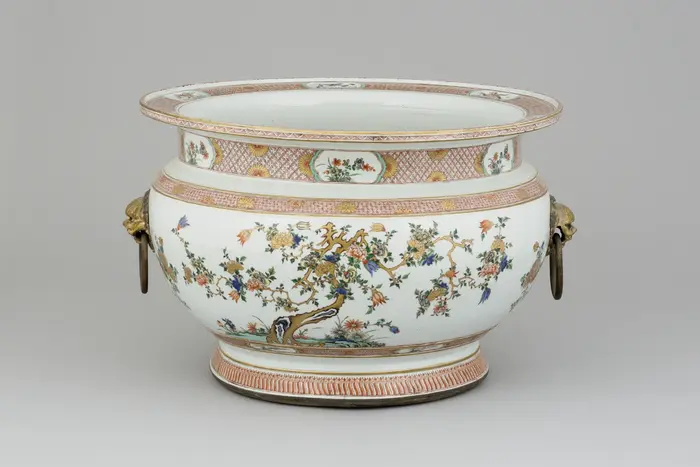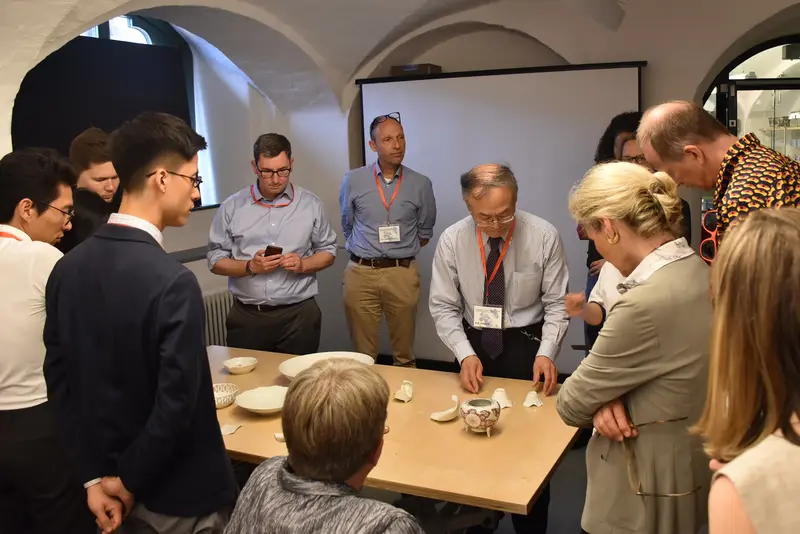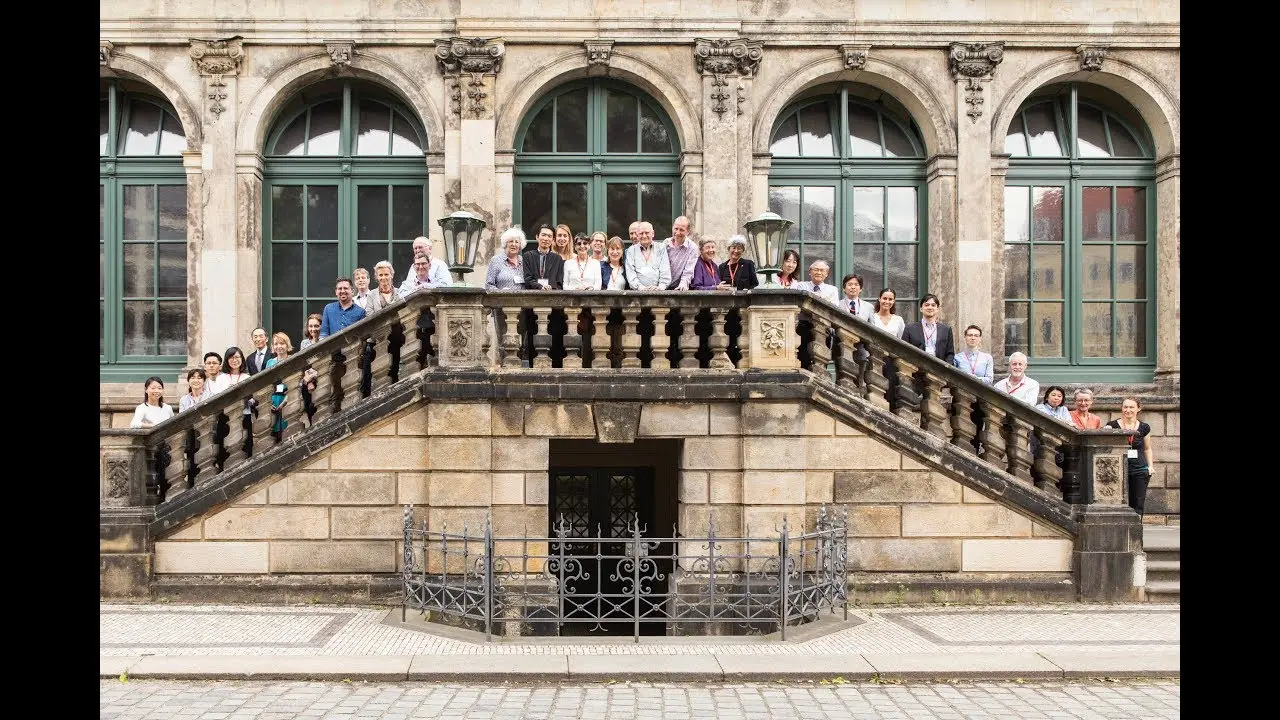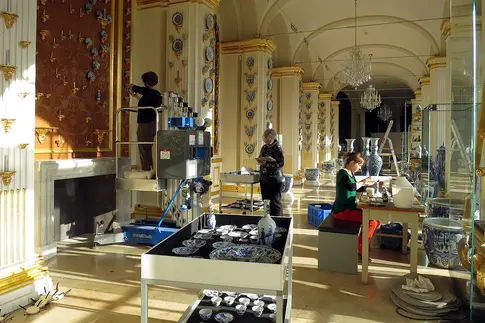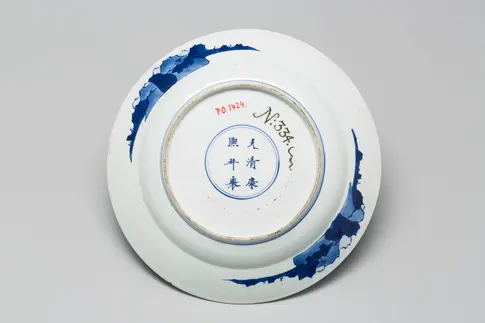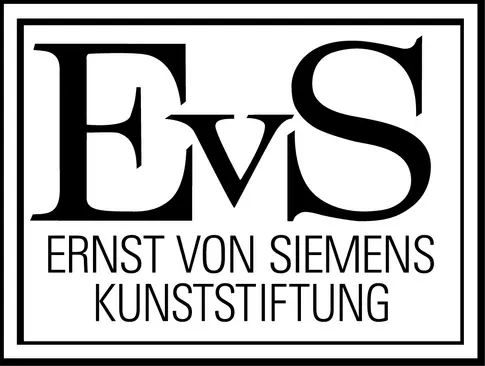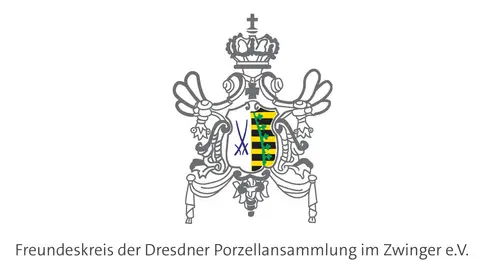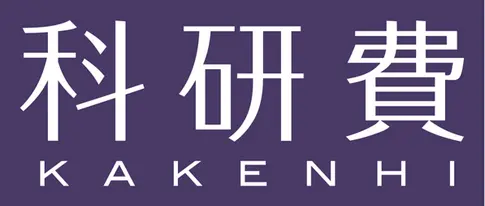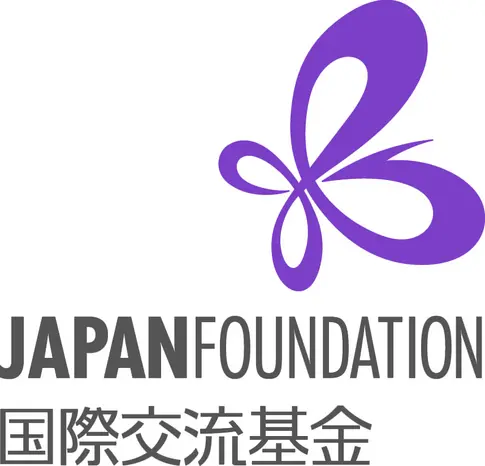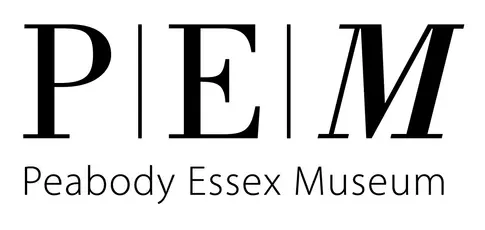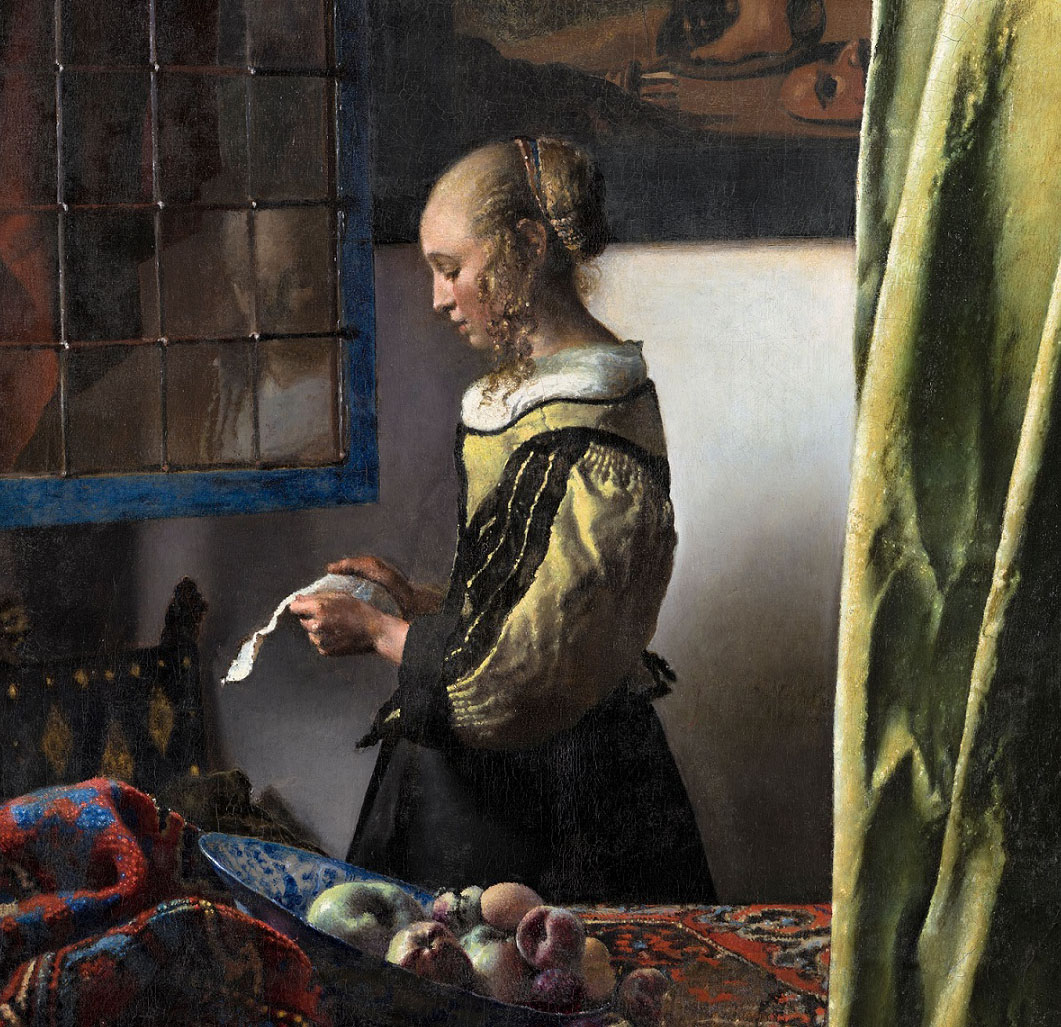Private Sponsors and Businesses
Albuquerque Foundation, Portugal
American Ceramic Circle (ACC)
Michele Beiny Harkins, New York
Brill Publishers, Leiden
Noor Camstra, Porcelain Restoration, Lochem
Capel & Capel Fine Arts, De Zande
Mrs. Diane Chen Koch-Weser, USA
Prof. Ching May Bo, Hong Kong
Cohen & Cohen Oriental Art, London
Ms. Elise van Ditmars, Netherlands
Mr. & Mrs. F. T. C. van Eck, Netherlands
Feng-Chun Ma Chinese & Japanese Art, Amsterdam
F. W. Hempel Familienstiftung, Düsseldorf
Galerie Nicolas Fournery, Paris
Guus Röell Fine Art & Antiques, Maastricht
Heirloom & Howard, Ltd., UK
Alex J. Heukers and Jan ‘t Hooft, Netherlands
Mr. Masao Iketani, Japan
Jorge Welsh Works of Art, London/Lisbon
Mrs. Trudel Klefisch, Cologne
Ingeborg Knauf, Germany
Mr. Lee Kuckro, USA
Klaus Leiser, Germany
Mr. & Mrs Lentz-Meijers, Netherlands
E. & H. Manners, London
Dr. Shirley Mueller, USA
Mr. Richard D. Pardue, USA
Pater Gratia Oriental Art, Haren
Polak Works of Art, Amsterdam
Robert McPherson Antiques, Joure
Röbbig, München
Mrs. Rosenfeld-Pomper, New York
Prof. Dr. Dr. Kurt und Jutta Salfeld, Germany
Mr. Schukken & Mrs. Siu Ling Koo, Netherlands
Ms. I. L. Tan, Netherlands
Ms. Yuanyuan Tan, London
Vanderven Oriental Art, Den Bosch
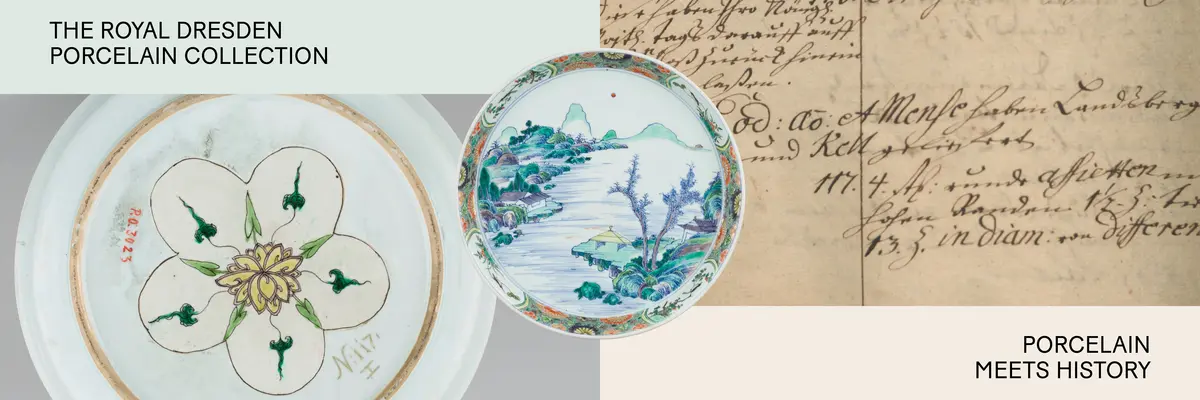
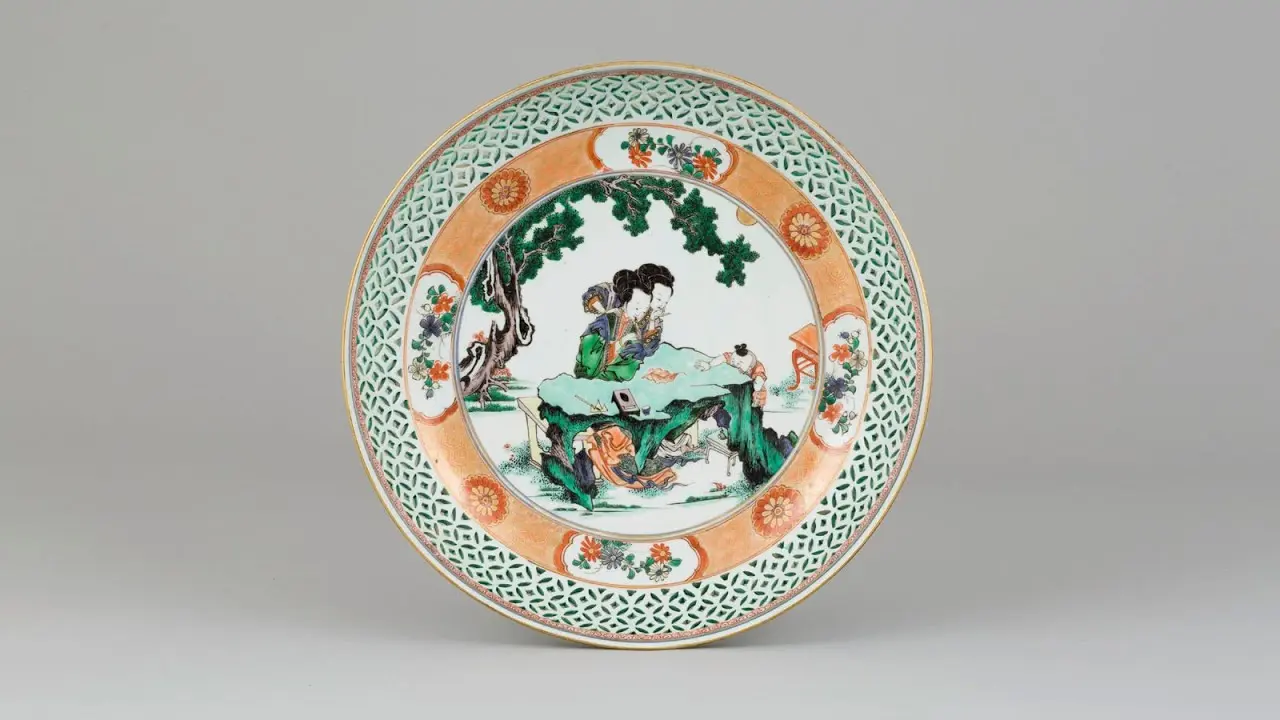
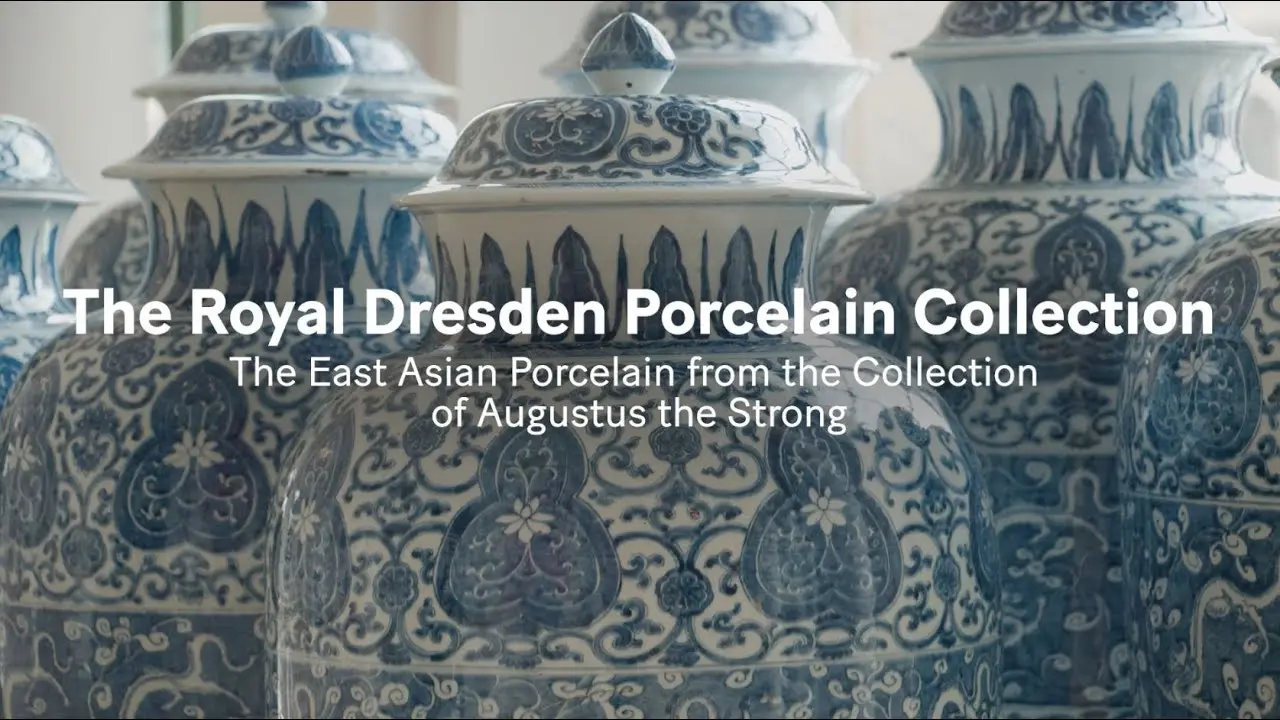
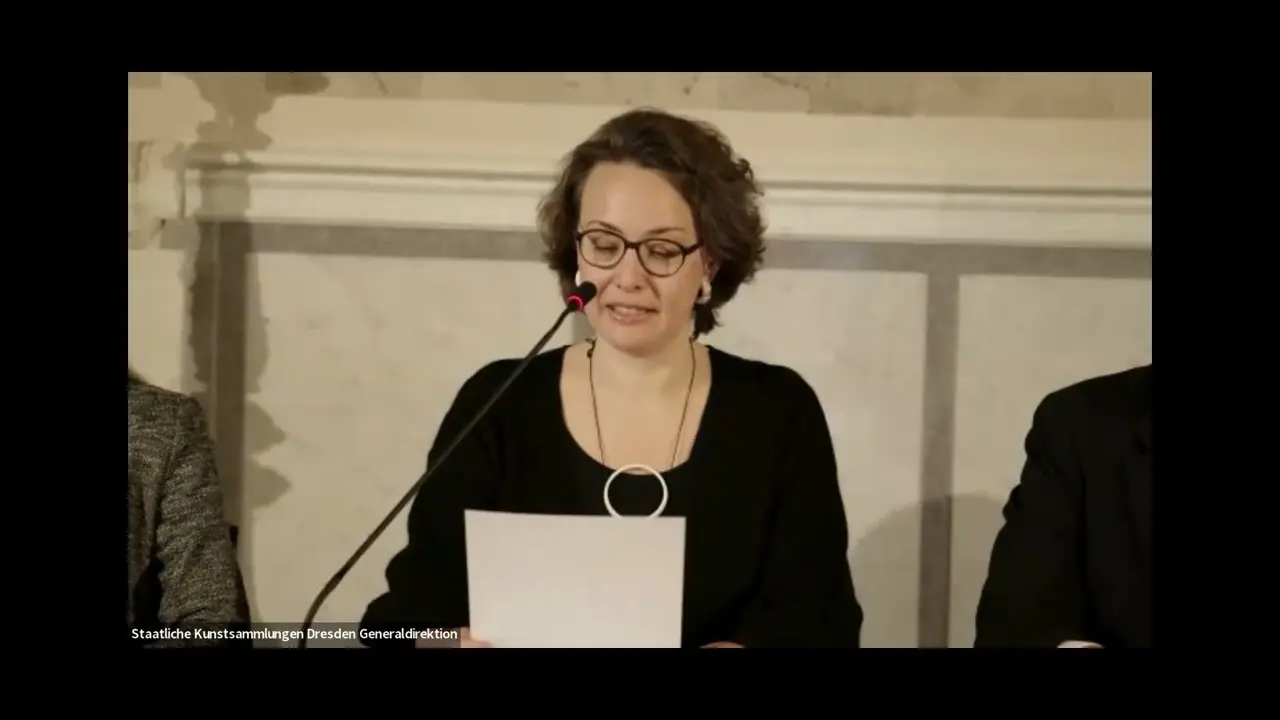
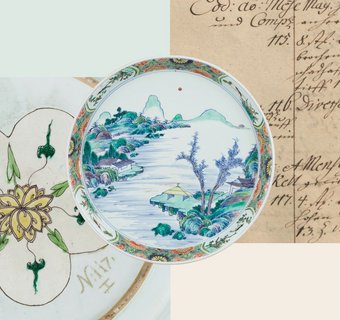
![[Translate to English:] Apollo Award für "Digitale Innovation" Bekanntmachung Gewinner Apollo Award 2024](/fileadmin/_processed_/c/5/csm_ApolloAward2024_Image_7cbf650632.webp)
